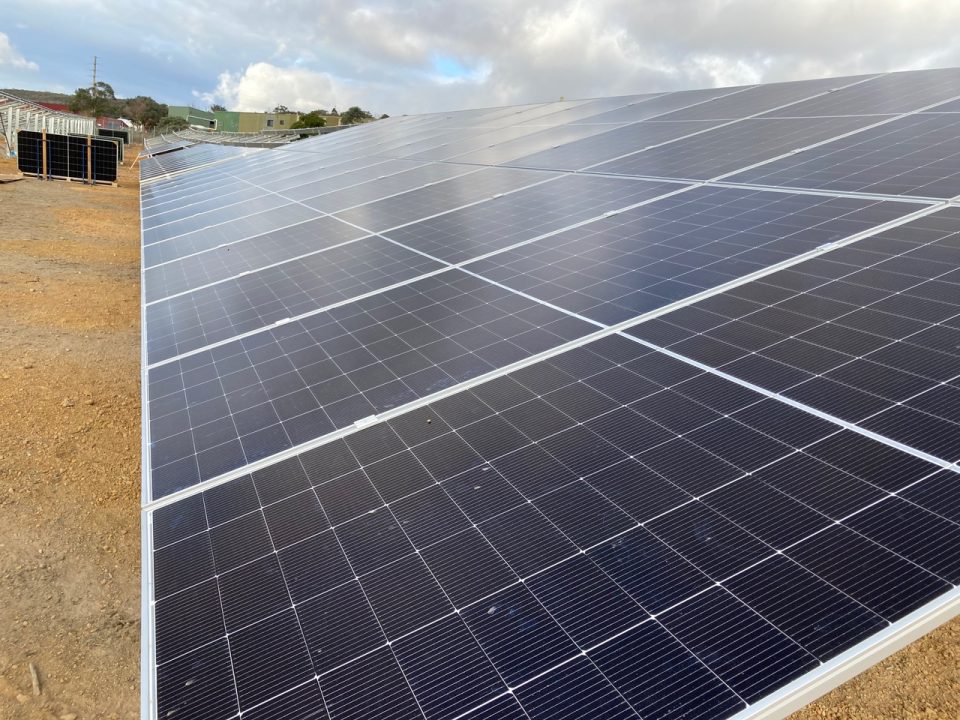
SpendTracker: tracking our democratic budget
December 15, 2021
Powering Democracy: setting our 2022 budget
March 25, 2022In accordance with our values of openness, education and empowerment here’s a full breakdown of how we rank and why on Greenpeace’s Green Electricity Guide. We may be highly rated and recommended but we’re not perfect – we got an overall rating of 7.88/10 (4 stars). We did receive a bonus for being a community provider too.
Fully disclosing this information in one accessible spot for our members should help us use our democratic processes to improve our ecological effectiveness. Overall, the single biggest area where we can improve is ending our reliance on the need to buy power on the open market. By no coincidence, this is integral to our mission as a co-operative.
It’s worth noting that our retail partner is Energy Locals who got 8.09/10 (4.5 stars). All our customer members receive the standard Energy Locals offer. Where there is a difference in our rankings we have noted that below as well.
| Criterion | Score | Metrics | Notes |
| Providing clean, renewable energy | 40% | 40% score if estimated emissions intensity of sold electricity is between 0.21-0.68 tCO2/MWh and/or some of the electricity they generate or contract is from renewable electricity sources. | Energy Locals has an estimated emissions intensity before offsets of 0.23t / MWh.
We’re close to moving up to the next band on this metric but we need to look for ways we can improve here. |
| Ending dirty coal use by 2030 | 80% | 80% score if it doesn’t have contracts for 5% or more with an entity that owns coal burning power stations scheduled to operate beyond 2030 or buys the majority of wholesale electricity from the spot market. | Building more renewable energy generation that is community owned and provides energy for our customer members is a pre-existing priority for us. |
| Halting fossil fuel expansion | 100% | 100% score if the entity doesn’t participate in fossil fuel mining and isn’t building new coal and gas power stations. | We’re confident that no customer member or member organisation is going to push for us to do this. |
| Transparency in marketing | 80% | 80% score if the entity communicates clearly the source of electricity. | Initially we received a 0% ranking which means our website could be construed as greenwashing.
CoPower disputed this as we pride ourselves on being honest about our limitations. Our whole theory of operation is not that we have a better commodity but a better way of relating with each other in order to decommodify energy. |
| Avoiding pollution and environmental harm. | 80% | 80% score if it doesn’t have contracts for 5% or more with an entity that owns coal burning power stations scheduled to operate beyond 2030 or buys the majority of wholesale electricity from the spot market. | It’s clear this is an area where we should look to improve. |
| Support for new renewable energy | 72% |
This has a number of different metrics which are each rated out of 10.
|
This category is where we lose half a star relative to our retail provider Energy Locals. They got a good rating of 86%.
The only difference is we received 3/10 for not taking a public stand on opposing CoalKeeper and Energy Locals received 10/10 on this metric. Honestly at the as a co-operative with annual turnover of around $10,000 run exclusively by volunteers we did not have the bandwidth to engage. The other area we ranked down was on the basis that CoPower members have elected to invest 10% in renewable energy generation. We have communicated back to Greenpeace that members have voted to increase this to 20% retrospectively for the 2021/22 year. This is not in the expectation that this metric changes but as a matter of fact. CoPower should be challenged to be better. Generally, we take a wide view on the transition where supporting social solidarity is as necessary as technological change. The balance here should rest with customer members regardless of ratings in any individual metric. |
| Bonus Point | Being a community provider | Yay! |
There’s work that we do such as our support for international climate justice work that isn’t captured in the above criteria but frankly we don’t know how you would rate that either. If you have an interest in getting further details we encourage you to read the full report, including the comprehensive datasheet.
Overall, while there are a couple points of minor divergence (which we have clearly outlined above), we take the Guide both in the spirit of comradely critique and as an act to empower ordinary people to take the power back from large corporations.




